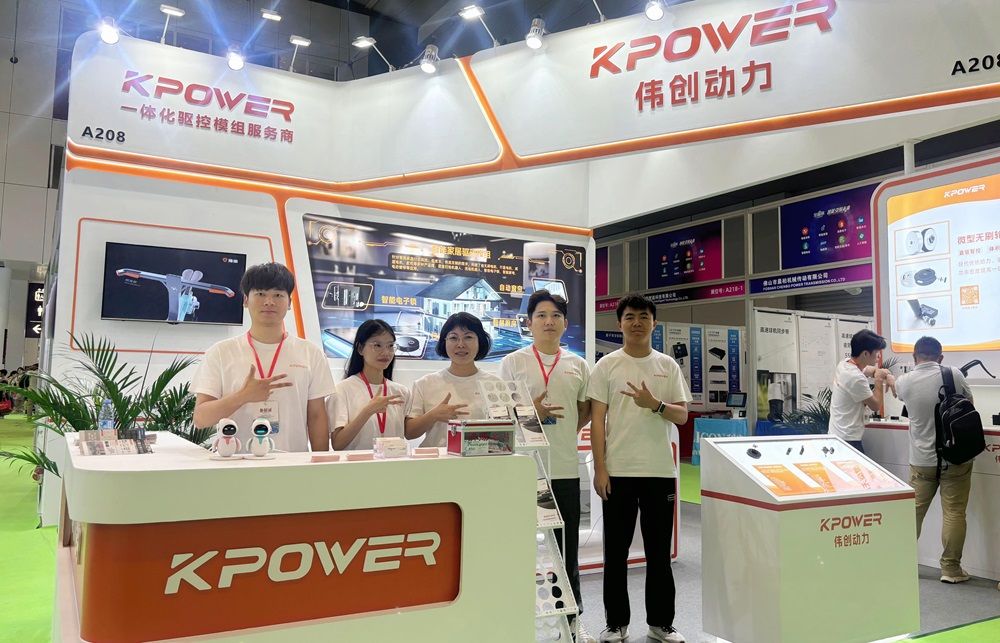In today's fast-paced digital world, building scalable, reliable microservices is a game of finesse. Sure, Spring Boot makes setting up microservices straightforward, but as soon as you hit the real-world challenges—like handling multiple endpoints, managing security, or orchestrating communication—you’ll see the importance of a solid API gateway.

An API gateway acts like the traffic cop of your microservice city. Instead of customers or clients hitting each microservice directly—which can be messy and insecure—the gateway handles incoming requests and routes them properly. It’s a neat way to streamline access, manage load, and even add a layer of security. Imagine trying to control access to dozens of services with individual endpoints—chalk that up to chaos. Now, picture having a single, intelligent gateway that knows exactly where each request should go.
So, how does this work in a Spring Boot context? Picture this: your microservices are like different shops in a mall. The API gateway is the concierge who knows the layout, understands the customers’ needs, and directs them efficiently. You get features like request aggregation, where multiple service calls are bundled together into a single response, saving your users time and navigation effort. Plus, with proper routing, you can roll out updates or new features without disrupting the whole system—just redirect traffic to the new microservice, smoothly.
And why should you care? Well, imagine having an app with dozens of microservices—each responsible for a tiny piece of functionality. Now, imagine a surge in traffic, spikes in demand, or the need to implement security protocols—like rate limiting or authentication. A good API gateway makes all of that manageable. It reduces latency, boosts security, and simplifies scaling. Plus, integrating a gateway with Spring Boot is usually a matter of a few lines of configuration, but the impact is huge.
Some quick questions that pop up: How does API Gateway keep things secure? Well, it can handle OAuth tokens, TLS termination, or IP whitelisting—imagine it as the bouncer at the door, making sure only legit traffic gets through. And what about monitoring? Many gateways offer logging, analytics, and health checks—the equivalent of having CCTV and surveyors overseeing the estate.
Thinking about high availability? Modern API gateways are resilient, with built-in load balancing, failover mechanisms, and scalability options. It’s like having a backup plan for every scenario. Want a seamless user experience from start to finish? That’s where the magic really kicks in.
In the end, choosing the right API gateway isn’t just about convenience; it’s about future-proofing your microservices architecture. When tuned right, it supports rapid development, lowers security risks, and ensures your system can grow without drowning in traffic chaos. It’s not just about managing requests—it's about controlling the narrative of your digital presence. And that right balance? That’s where the real power lies.
Established in 2005, Kpower has been dedicated to a professional compact motion unit manufacturer, headquartered in Dongguan, Guangdong Province, China. Leveraging innovations in modular drive technology, Kpower integrates high-performance motors, precision reducers, and multi-protocol control systems to provide efficient and customized smart drive system solutions. Kpower has delivered professional drive system solutions to over 500 enterprise clients globally with products covering various fields such as Smart Home Systems, Automatic Electronics, Robotics, Precision Agriculture, Drones, and Industrial Automation.




































